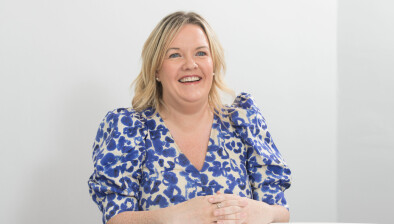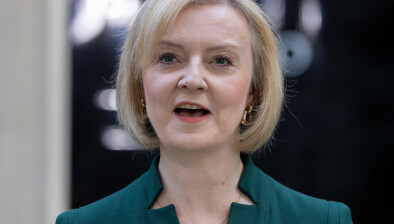Ross Stupart: Tough decisions may be coming to fill Scotland’s budget hole

Ross Stupart
Ross Stupart, regional managing partner for RSM Scotland, gives his view on what impact the UK budget could have on Scotland.
With the UK budget fast approaching, the persistent deficit, underwhelming economic growth forecasts and a manifesto pledge not to raise taxes for working people, Rachel Reeves has limited levers at her disposal.
It’s clear some tax rises will be necessary, and there are even some suggestions that the chancellor may consider making changes to income tax, which would appear to go against her manifesto pledge. Rachel Reeves will also be seeking other ways of raising revenues, with early signs pointing towards extending national insurance to income sources beyond employment, and possibly increasing the rates of national insurance that apply to self-employment.
There appears to be an intention to explore how additional tax revenue can be derived from the ownership of assets. However, given the broadening budget gap, tax rises cannot be the only lever utilised by the Chancellor. Material spending cuts will need to form part of the measures to balance the books.
The Scottish Government awaits the Chancellor’s budget statement, knowing all too well that Shona Robison, the Scottish finance minister, may have an even harder task ahead to balance the Scottish Government books in preparation for the Scottish Budget statement in January. The Scottish Government’s Medium Term Financial Strategy (MTFS) published in June anticipated some significant spending excesses over the funding available.
Spending and tax policy decisions by the UK government in November will affect the block grant allocated to the Scottish Government and, given the pressure on the UK government budget, it would not be unreasonable to assume a downward adjustment to the block grant allocation to Scotland. In addition to this, both the Scottish Fiscal Commission and the Fraser of Allander Institute suggest Scotland’s earnings growth has slowed, and is likely to have fallen behind the rest of the UK throughout 2024/25, based on March’s data. This means that forecast income tax receipts for future budget periods will have been over optimistic, and will lead to negative reconciliations in the budget.
The Scottish Fiscal Commission highlights a forecast £851 million negative reconciliation to the 2027/28 budget (alongside a less material negative reconciliation for the 2026/27 budget) which, reflecting on the MTFS budget gap numbers, and assuming no other adjustments (which is unlikely) would push the 2027/28 budget gap over the £2.5 billion mark. With the Scottish Government’s limited borrowing powers, this is not a sustainable position to navigate towards, so this imbalance will need to be reviewed in the January budget statement.
What could help slow the decline?
The Scottish Government has control over certain devolved taxes, therefore if more funding does not come from the UK Block Grant, it has limited ability to raise revenue via taxes. Given the scale of the budget gaps, changes to most of the devolved taxes -land & buildings transactions tax, landfill tax, and aggregates tax (coming in April 2026) would make little difference to the budgetary gap. Changes to Scotland’s income tax rates would need to be applied to lower- and middle-income earners to raise material sums that would help close the gap. Therefore, to regain control over the budget and restore fiscal stability, the Scottish Government may need to focus on controlling spending and/or examine how it can increase its tax base.
A key contributor to the Scottish Government’s spending excess is the more generous welfare policies compared to the UK, and the heavy reliance on public sector employment. The Scottish Government has agreed pay deals with large populations of the public sector work force beyond those of the rest of the UK, and exceeding inflation. This, combined with the national insurance hikes from April 2025, have had a significant impact on the public sector payroll cost.
The Scottish Government’s Fiscal Sustainability Delivery Plan contained commitments to reduce the public sector workforce to control the payroll cost. It appears that workforce reductions may need to involve significant numbers to reduce the overall payroll cost, as headcount reductions will need to absorb public sector pay deal inflationary rises before any savings appear.
There may be ways to improve efficiency within some areas of the public sector, however the Fiscal Sustainability Delivery Plan and Public Sector Reform Strategy published by the Scottish Government provided little detail on how these efficiency gain opportunities would be identified and actioned. To control spiralling costs, the commitments set out in these publications need to happen fast and avoid being stalled by party politics.
In terms of increasing the tax base, the Scottish Government may either need to introduce new taxes, or take steps to attract people to Scotland, to increase the volume of taxpayers here. Either option is a much longer-term strategy, therefore the medium-term strategy may need to focus on spending control.
Strategies for investing in the future of Scotland, including infrastructure and technology to attract sustainable businesses, need greater focus now in order to increase our future tax revenues, particularly given the current ageing Scottish population.

Ross Stupart is regional managing partner for RSM Scotland








